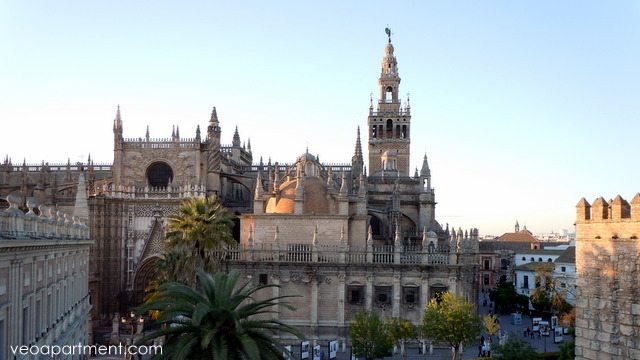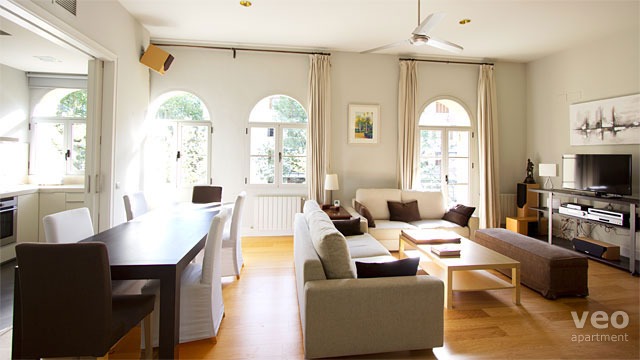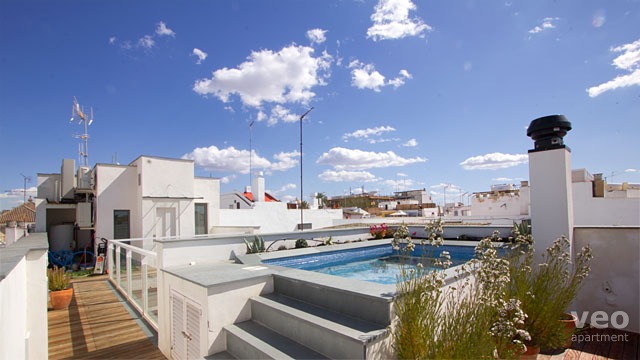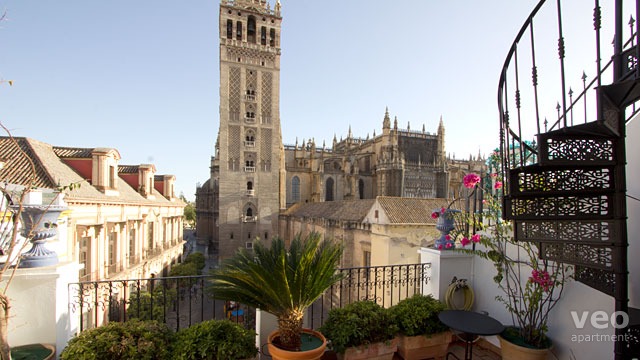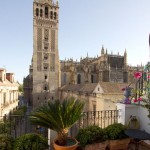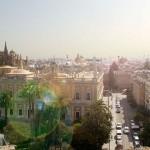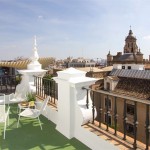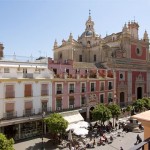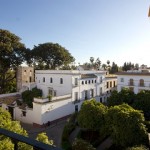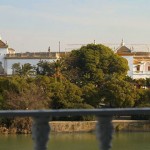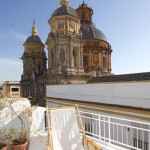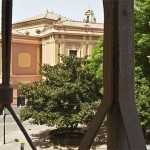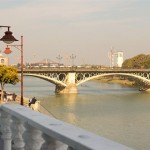The major cities of Andalucia, like Seville, Granada, Cordoba and Malaga are now well-known as tourist destinations and draw hundreds of thousands of visitors every year, but in the mountains between the coast and the valley of the Guadalquivir River is another attraction that is becoming increasingly popular.
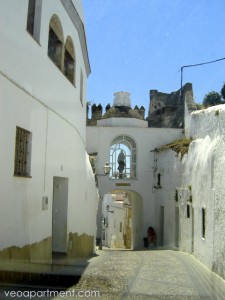 The Pueblos Blancos, or White Villages of Andalucia, are actually a number of small towns, mostly in the northern part of the provinces of Cadiz and Malaga, that are characterised by their white painted houses (hence the name) with red or brown-tiled roofs. Many of them are in spectacular locations, often clustered round hilltop castles or churches, a legacy of the region’s turbulent history, which stretches back to ancient times.
The Pueblos Blancos, or White Villages of Andalucia, are actually a number of small towns, mostly in the northern part of the provinces of Cadiz and Malaga, that are characterised by their white painted houses (hence the name) with red or brown-tiled roofs. Many of them are in spectacular locations, often clustered round hilltop castles or churches, a legacy of the region’s turbulent history, which stretches back to ancient times.
In medieval times the region was the border between Christian and Moorish kingdoms; towns with names like Vejer de la Frontera and Arcos de la Frontera were on the Christian side of the border. Others, especially to the east and south, were on the Moslem side, and still retain something of that Moorish feel in their narrow hillside streets and alleys. The mountain locations make this an ideal area for outdoor activities, especially walking and trekking, but also rock climbing, hang gliding and even potholing.
Algondonales and Villamartin
The most important Roman remains in the region can be found near these two villages. Also visit the Santa Ana church in Algondonales, and Torre Pajarete, perched on a crag just outside Villamartin. It’s also a centre for birdwatching and hang gliding.
Vejer de la Frontera
Perched on the top of a hill and reached by a road that winds up and around it, Vejer is one of the prettiest of the White towns and still retains part of the old wall, narrow streets and a castle.
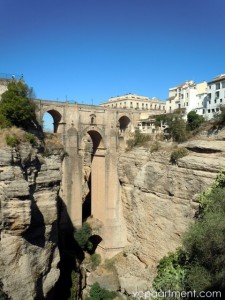 Arcos de la Frontera
Arcos de la Frontera
My personal favourite, the way up to the citadel at the top being through steep, narrow streets whose tight corners that seem to defy the passage of cars. Have a drink at the Parador and enjoy the view over the surrounding countryside.
Ronda
Ronda has the most spectacular location, straddling a deep gorge that separates the old town from the new. The Puente Nuevo that crosses it is worth the trip on its own, but there’s plenty more to see in what was one of the last strongholds of the Moors in Spain.
Grazalema
With its mountain scenery and steep cobbled streets, Grazalema, in the heart of the National Park, is a popular base for walking and trekking. It also has a local handcrafted textile industry and is famous for being the rainiest place in Spain.
Although most of the villages can be reached by public transport, you really need a car to be able to travel around easily.
For guided tours of the Pueblos Blancos:
From Seville:
From Malaga: We Love Malaga (contact Victor)
